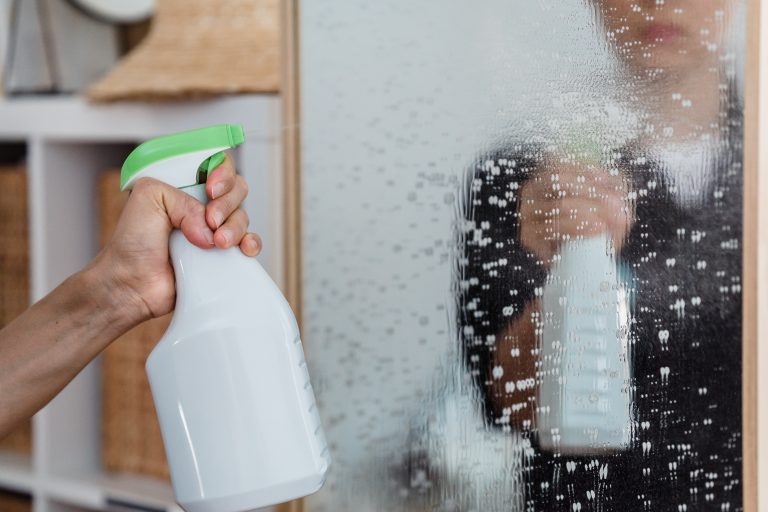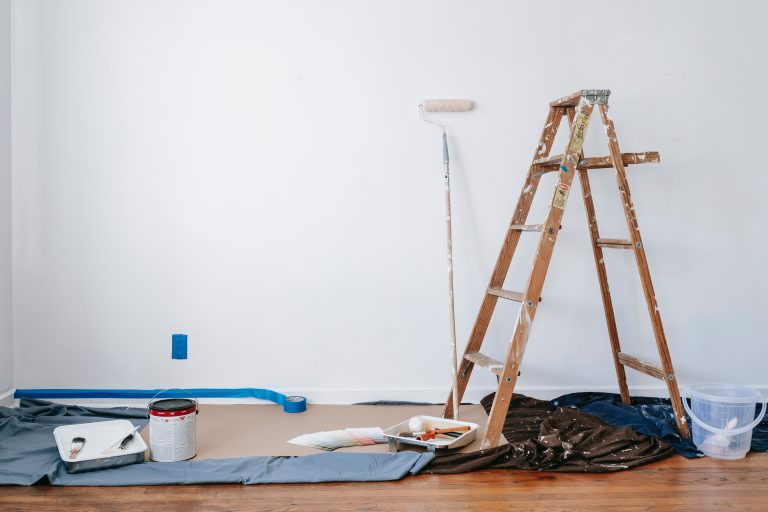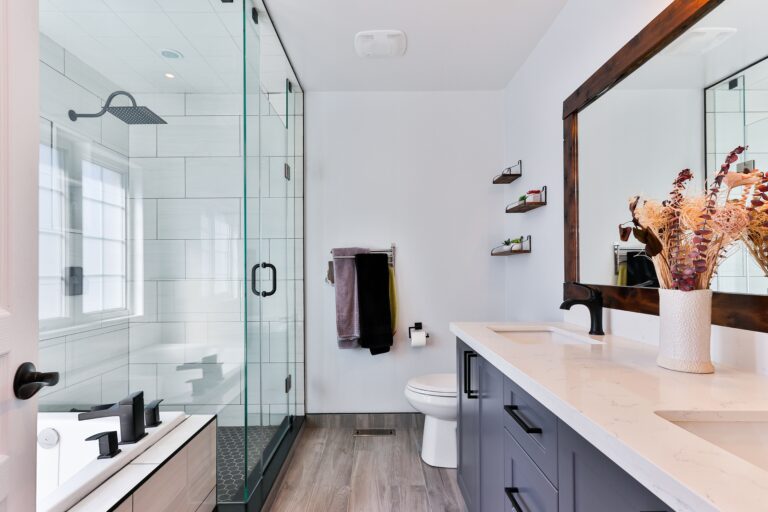20 Ways To Clean And Purify The Air In Your Home
Your home’s air may be more polluted than you realize. If you frequently cough or suffer from allergies, the quality of air in your home is most likely to blame. Even if you think your home’s air is clean, it’s likely tainted with dust, mold spores, VOCs, and other pollutants.
Assume you want to improve the quality of your indoor air. In that case, you’ll need to take proactive measures to eliminate these contaminants.
Maintaining good long-term health requires clean air in the home. Here are some of the various effective ways to purify the air in your home to enjoy better health as a result of better air quality.
Control Humidity by Ventilating
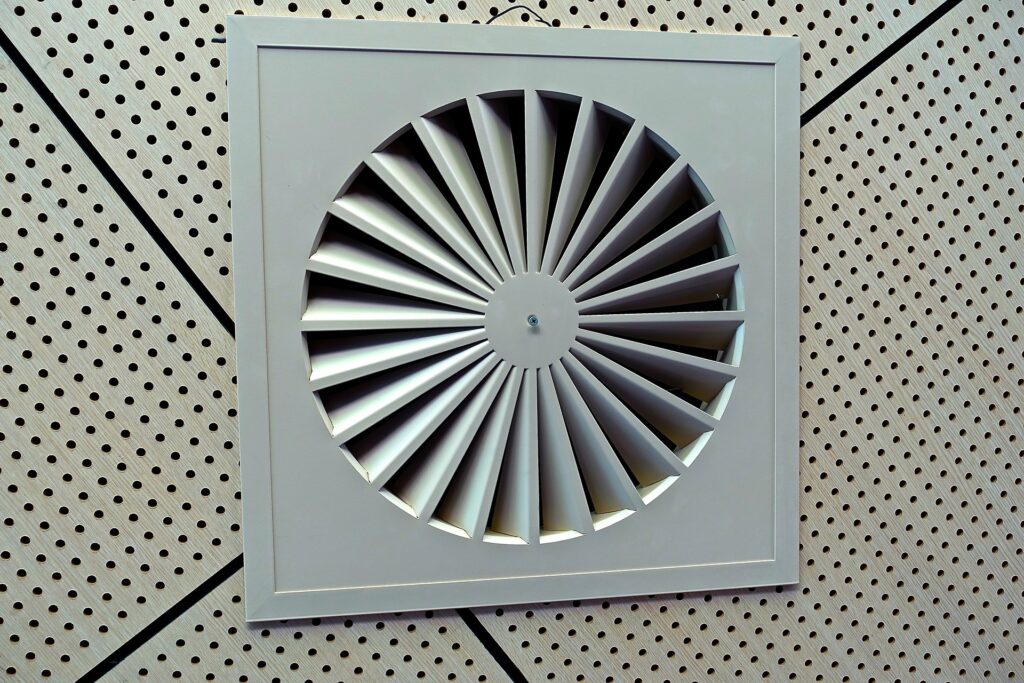
Proper ventilation is one of the most effective ways to protect and improve the air quality in your home. Mold growth causes wheezing, coughing, and asthma attacks in allergy sufferers. Cooking, washing, and even breathing produce water vapor. Thus proper ventilation is essential.
To maintain the humidity in your home below 50%, try the following dehumidifying tricks:
- Install and operate exhaust fans in bathrooms.
- Ensure that vents exhaust air outdoors rather than into your home.
- Remove any mold damage or growth, as well as repair any leaks.
Change Cooking Oils to Reduce Smoke

Cooking oils are a common source of smoke in your home. Some oils produce smoke faster than others, depending on the oil used. Nobody desires to live in a house that smells like smoke. You should use cooking oils with a higher smoking point to avoid producing smoke.
The smoking point is the heat at which the oil begins to burn and emit smoke. Light olive oil has a smoke point between 410 and 470 degrees Fahrenheit, an excellent substitute for other oils.
You can also avoid using cooking oil entirely. Instead, you might want to try stock or broth. Vegetable stock is an excellent substitute for cooking oil. It is less likely to burn and emit smoke. It can also improve the flavor of your food.
Get More House Plants
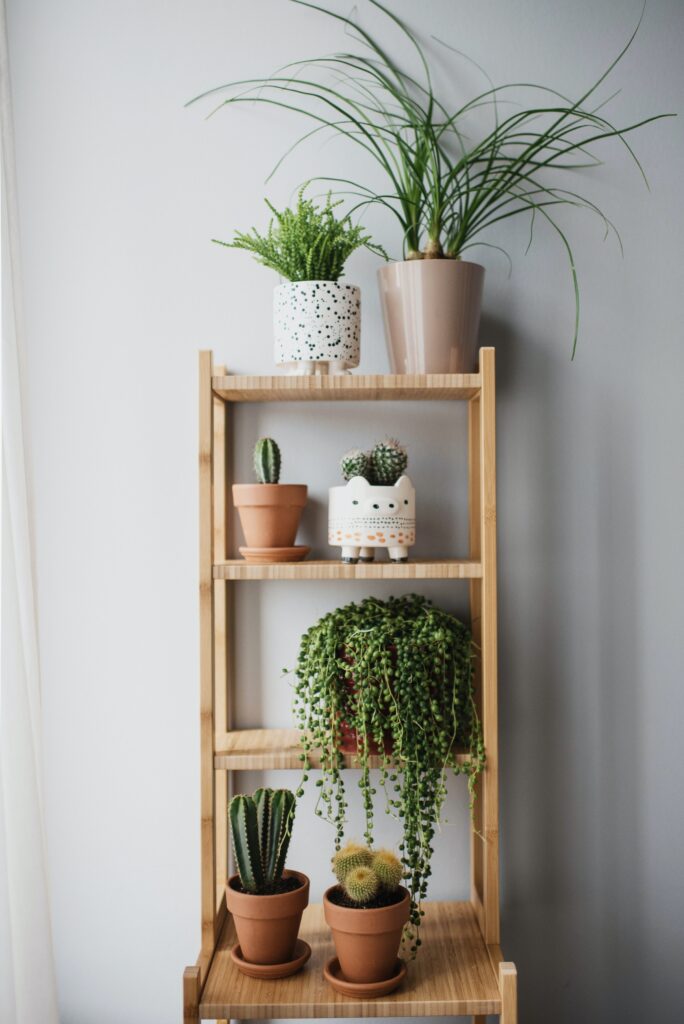
To improve the look of your home, houseplants can have a significant impact on its air quality. Plants can remove chemical gases from the air they breathe, leaving your home cleaner. These plants reside in small or medium pots and can grow without much light.
In particular, you’ll want to look for household plants that absorb volatile organic compounds. Houseplants can absorb benzene, formaldehyde, and even trichloroethylene (TCE).
Using houseplants provides the same benefits as going outside for fresh air and stress relief. The most essential function of houseplants is to naturally filter the air. Place houseplants in various house rooms to maximize their air purification abilities. Popular air-purifying houseplants include weeping figs and snake plants.
Stop Indoor Smoking

Some pollutants in indoor air can be fatal. Secondhand smoke is one of the most dangerous. Thousands of children are hospitalized or sickened each year due to respiratory tract infections.
Smoking increases the risk of health problems in older adults with cardiovascular or lung disease. Because cigarettes are so dangerous, you should never allow anyone to smoke inside your home. Smokers should be asked to take their cigarettes outside.
Avoid VOC-Containing Products
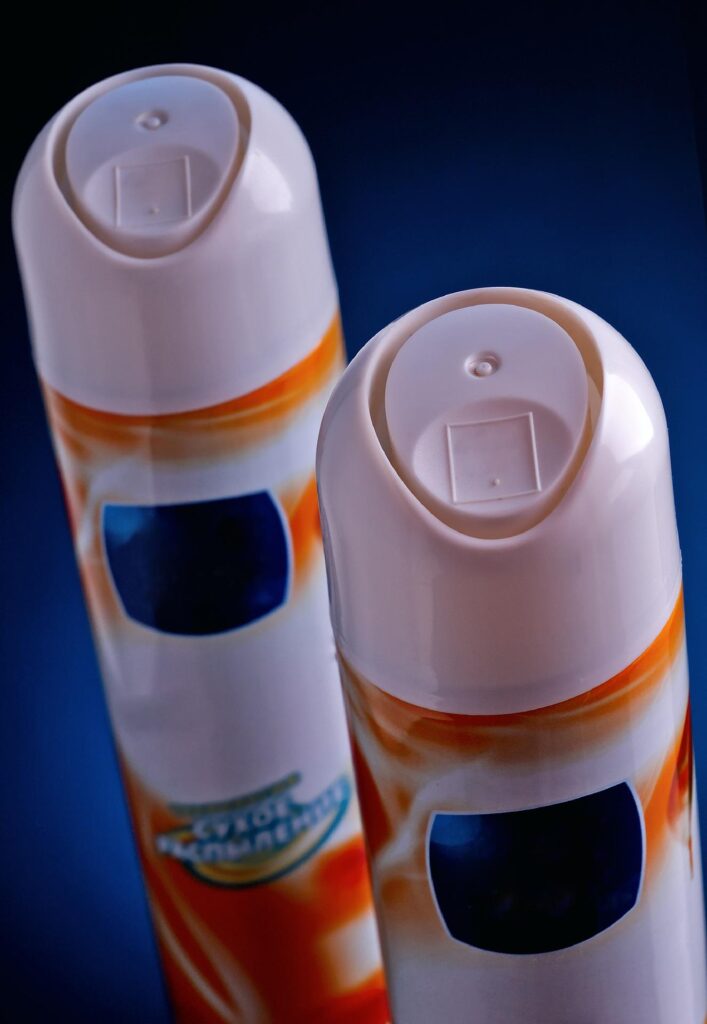
VOCs are present in wood preservatives, aerosol sprays, and household cleaners. Volatile organic compounds can be harmful to our health. According to studies, VOC levels can be two to five times higher indoors than outdoors.
Consider low or no-VOC textiles when painting or staining your home to limit the number of hazardous chemicals in your home.
It is critical to avoid VOC-containing products. However, this can be difficult because VOCs can be derived from various ingredients. Here are a few elements to keep an eye out for:
- Methylene chloride is a chemical commonly found in paint strippers and aerosol sprays.
- Benzene is a chemical found in stored fuels, paint supplies, and tobacco smoke.
- Perchloroethylene is a chemical that is commonly used in dry cleaning processes.
Use Essential Oil Diffusers

Essential oils are potent products that can help purify and clean the air in your home. Mold and bacteria can be cleaned with the oil form. Mainly, tea tree oil kills bacteria. It can clean surfaces that contribute to poor indoor air quality. They can also be used in diffusers to kill bacteria in the air.
There are diffusers on the market that work with virtually any essential oil. The scent alone can clean and refresh the air. It may even be refreshing. Some essential oils are antibacterial. Tea tree oil can spread through the air and attach to bacteria in a diffuser. It can then destroy it.
As a result, your place will smell great and be bacteria-free. You should experiment with various essential oils to find the best fit for your needs.
Beeswax Candles
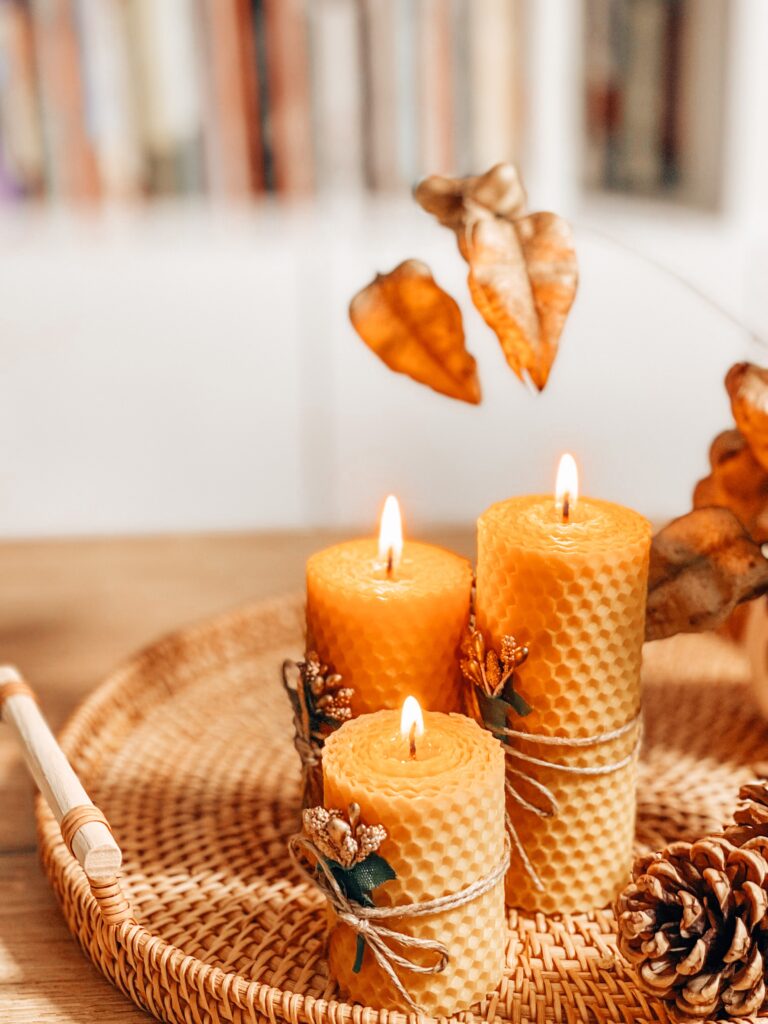
Beeswax, like plants, has anti-organic compound properties. Some studies show that beeswax can absorb and eliminate VOCs. However, burning beeswax candles will produce soot in the air.
Organic compound removal may not outweigh soot and its own compounds. It’s worth investigating how it affects your home’s air quality.
If you like using candles in your home, you may want to consider switching from traditional candles to LED candles. This mimics the soft glow of candles without the soot.
Change the Filter of the air conditioner
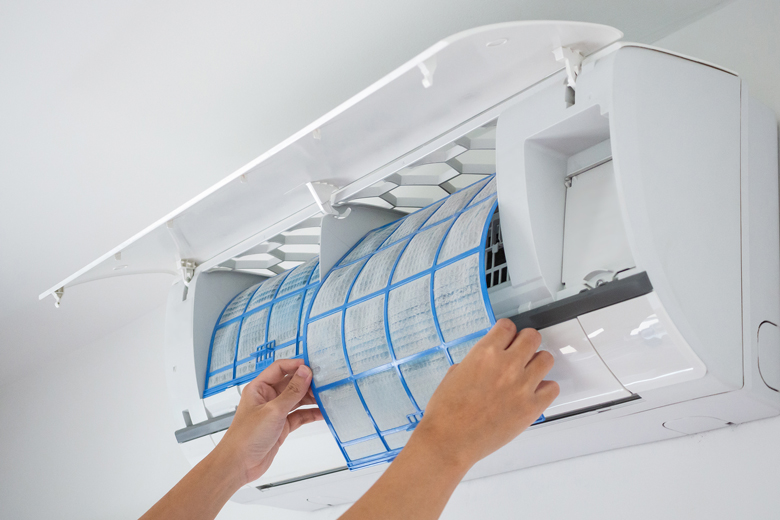
What does an air conditioner do? It purifies the air. Because the air conditioner takes air from inside your home and filters and cools it. Then the air is reintroduced. That’s why changing your AC filter is vital. It can prevent pollutants out of your house.
Each manufacturer specifies the filter’s lifespan. Most experts agree to change your filter twice a year. A great rule of thumb is every six months. The filter will be abused the most in the spring. Pollen will clog it up.
Along with the filter, you should clean your home’s air ducts. Dust and allergens can accumulate. When your AC runs, it can re-spread dust throughout your home. You can purify your home by regularly cleaning and servicing your air conditioner.
Get an Air Purifier
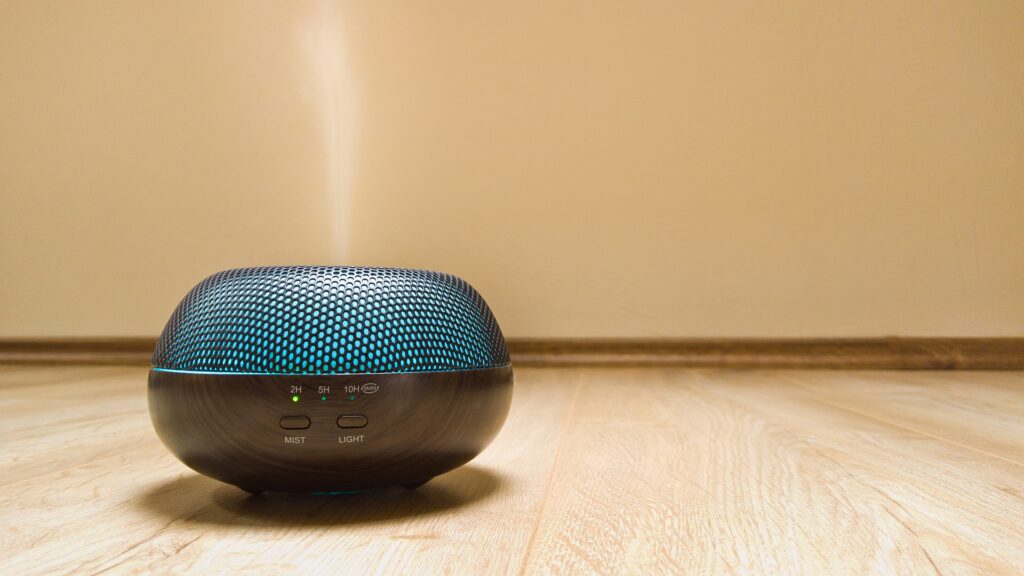
Buying an air purifier is the best way to clean and purify your home’s air. An air purifier takes polluted indoor air, filters it, and returns it to the room.
Choosing an air purifier can be difficult. You must know the room size, the purifier’s CADR rating, and whether or not it is programmable. Air purifiers can keep your home’s air clean without your help. They’re an excellent buy for allergy sufferers.
You Should Clean Your Air Conditioner
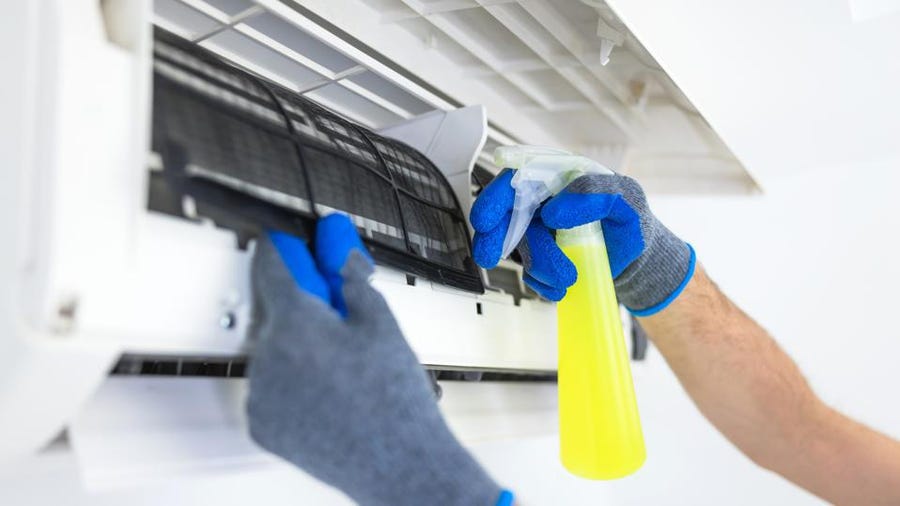
Fix leaks and drips as soon as they appear to help keep asthma triggers away from your home. Rising water and high humidity promote the growth of dust mites, mold, and mildew, which are some of the most common asthma triggers.
Use a dehumidifier or air conditioner when necessary, and keep both clean.
Reduced Carpeting
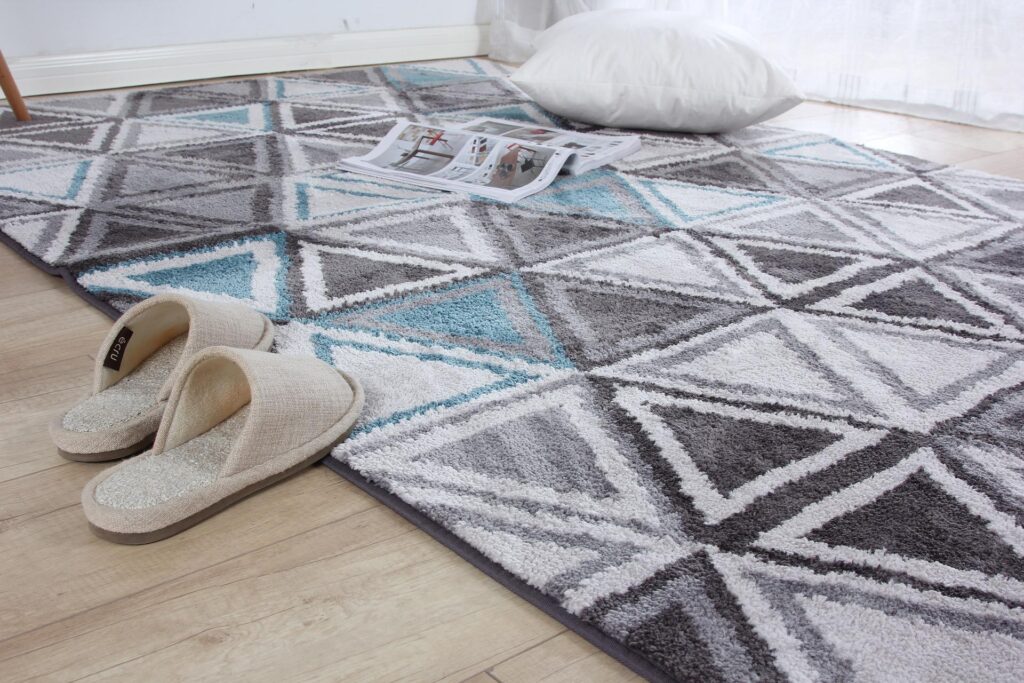
Carpet traps harmful particles such as chemicals, dust mites, pet dander, dirt, fungi, and vacuuming can release them. If you must have carpets, use a HEPA (high-efficiency particle air) vacuum cleaner to improve air quality.
Damp mopping is easy to clean hard surface floorings such as wood, tile, or cork.
Get rid of Dust Mites
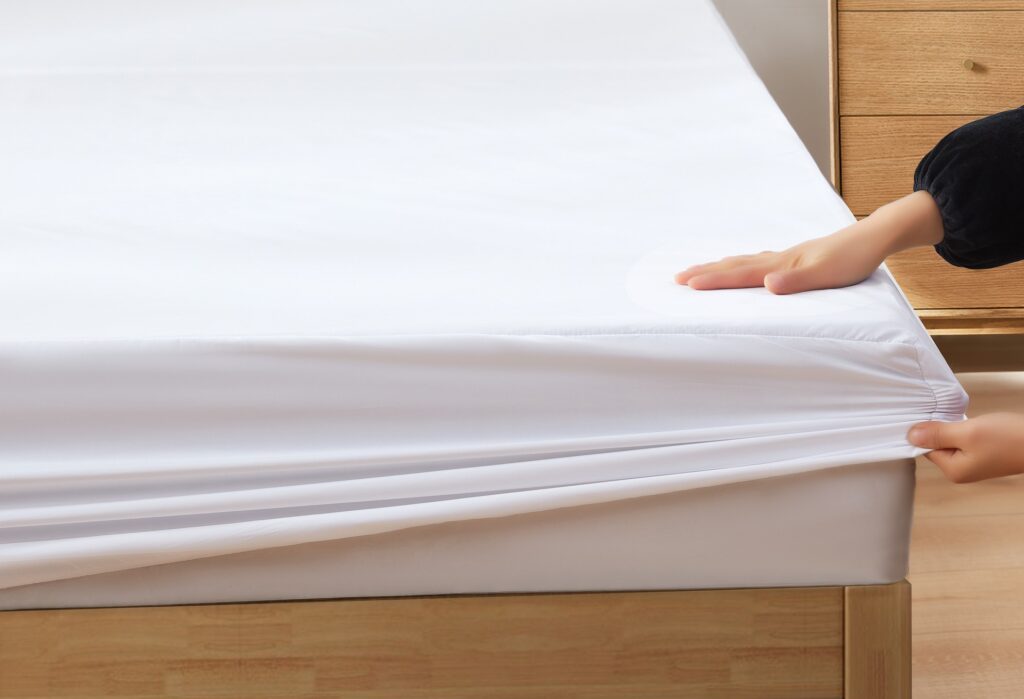
Dust allergies are produced by dust mites and microscopic pests requiring moisture to survive. Dust mites live in bedding, pillows, mattresses, stuffed toys, upholstery, and carpets and feed on human skin.
To fight dust mites in your home, follow these steps: Vacuuming and steaming. Regularly clean upholstered furniture, use a dehumidifier to keep humidity levels below 50%, use dust-mite resistant covers, and wash bedding in boiling water.
Make Use of Natural Cleaners
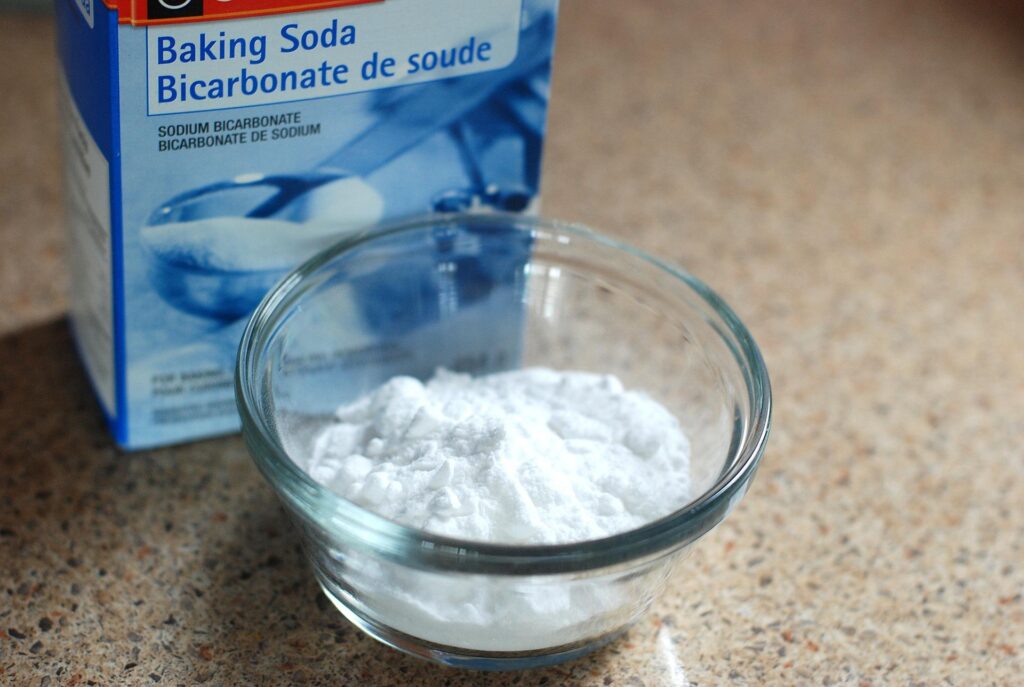
The use of cleaning products weekly introduces numerous chemicals into a home. Consider using natural cleaning products such as white vinegar or baking soda to combat grime. Other good options include hydrogen peroxide and club soda, which will clean just as well without the chemical residue.
Making every effort to purify the air in your home is critical for your family’s health and well-being. Consider these natural solutions to improve your home’s air quality while reducing your family’s exposure to toxins. Try one or more of these ten natural ways to purify your home.
Get Rid of Household Dust
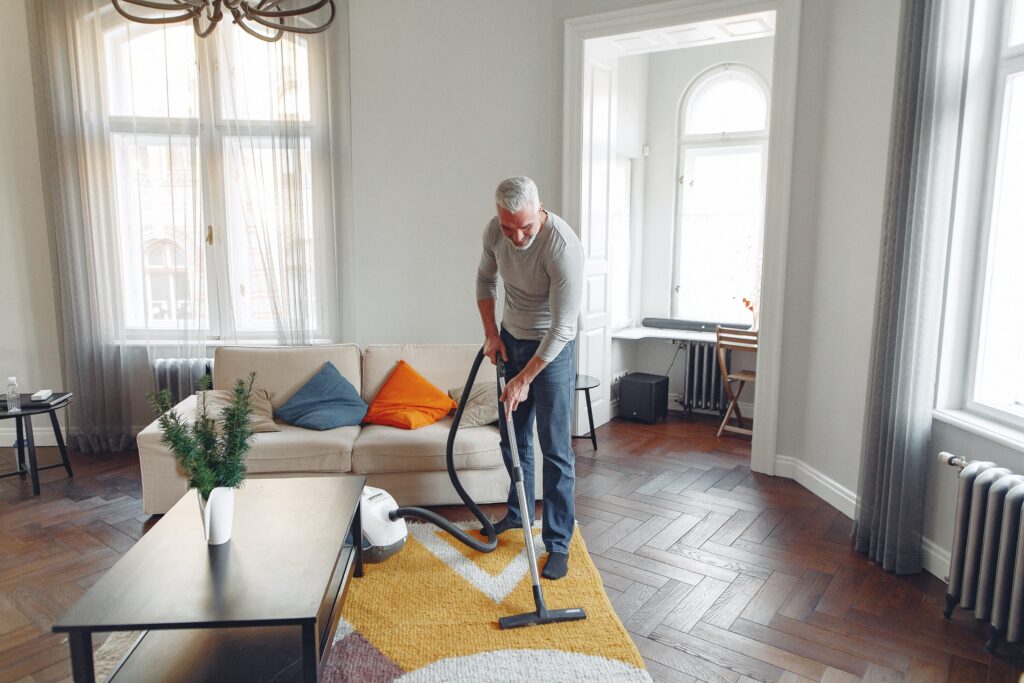
Household dust can be difficult to manage. What’s left in the corners may be easy to remove, but how about airborne scraps? Airborne dust can be inhaled and cause various health problems, such as allergies or coughing.
A great vacuum cleaner with a HEPA filter can assist in removing much of the dust from the floor and surfaces. We recommend using an air purifier to remove dust from the air. This device will draw in air and filter it before releasing clean air.
Pesticides Should be Avoided
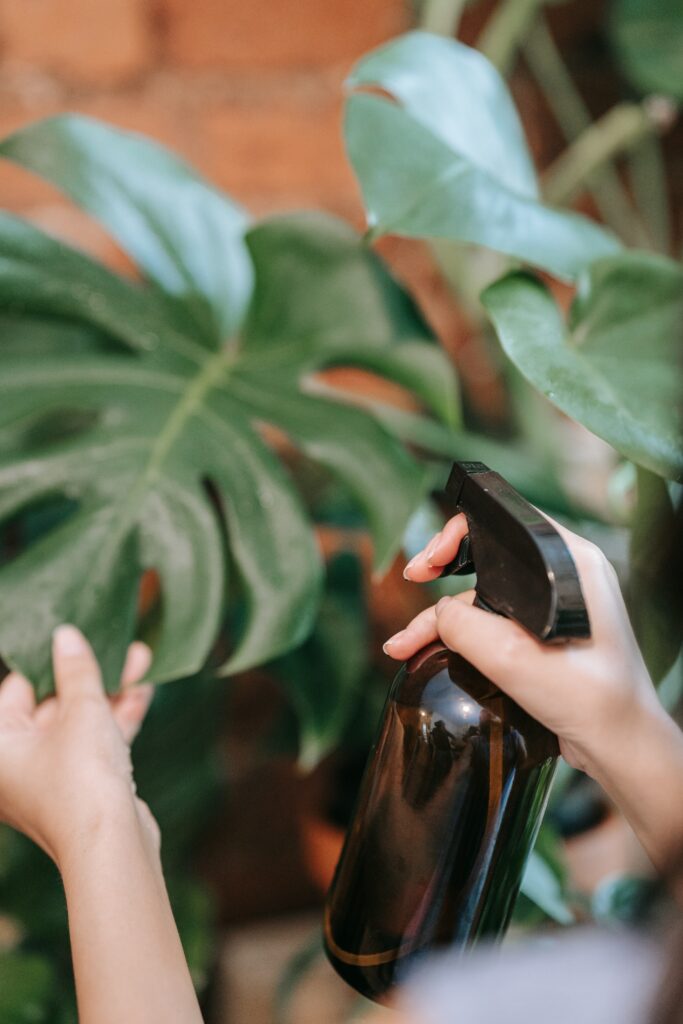
Having pests in your home, such as cockroaches or ants, can be aggravating. But it’s a good idea to think twice before reaching for pesticides. Pesticides contain hazardous chemicals that can be harmful to children and the elderly.
Instead of using pesticides, you can try various methods to keep pests at bay. This can be accomplished by closing off potential pest entry points and keeping food closed off. Avoid leaving trash out for extended periods, and clean up any food waste.
Avoid Asbestos
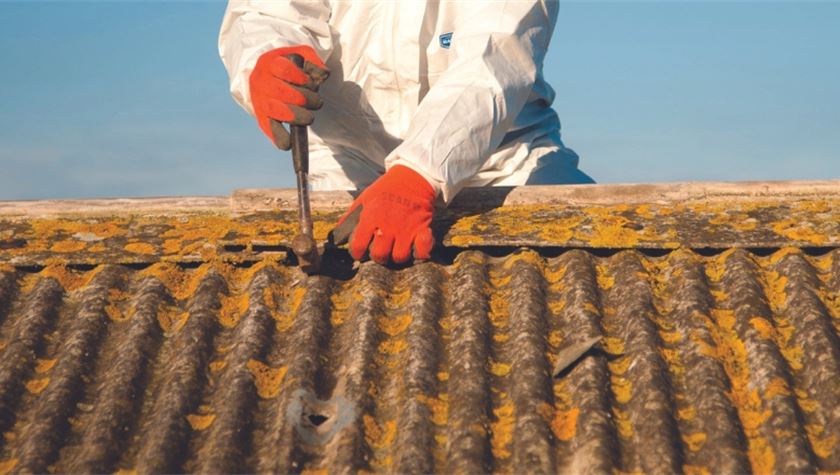
When renovating an old house, you must be cautious of asbestos. As previously stated, inhaling it can be highly hazardous to your health. Working with asbestos requires special measures or hiring an expert. You must also be cautious about properly maintaining asbestos materials and avoiding damage to them.
Clean Up After Your Pets

Although we adore our pets, whether you have a young puppy, an adult cat, or a cheeky parrot, it is necessary to clean up after them. Pets shed a lot of dander when they scratch themselves or move around. This can cause allergies or even asthma attacks.
Vacuum the areas where your pet spends most of its time, such as where they sleep. Bedding, toys, and brushes should all be washed; anything that cannot be washed should be placed in plastic bags and frozen. Other allergens, such as dust mites, will be eliminated as well.
Get Rid of Your Garbage Correctly

Keeping full trash bags inside the house can spread germs and impact air quality. Pests such as mice, cockroaches, and ants will be drawn to old food debris. Mold will most likely grow on rotting food.
Maintain a Clean and Tidy Environment

Dust and other pollutants can quickly accumulate in various areas of an untidy room. It is critical to eliminate unnecessary items to reduce the number of places where dust can collect. Furthermore, regular vacuuming and mopping can effectively remove dust and other allergens.
It’s also a good idea to put a doormat at the front door to reduce the amount of dirt and dust. A doormat can even serve as a gentle reminder to visitors to remove their shoes before entering.
Check Your Air
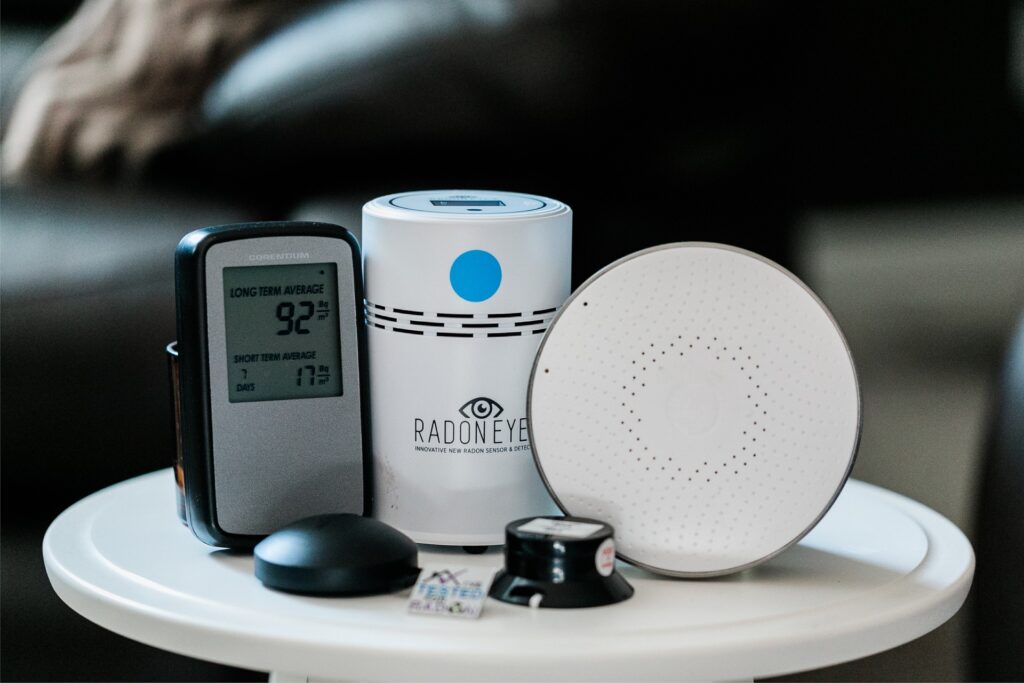
You may be taking all of the necessary steps to improve your indoor air quality, but something is still off. The best way to find out what’s in your air is to test it. You can hire a professional to perform a few tests to determine what is bothering you and how to get rid of it.




